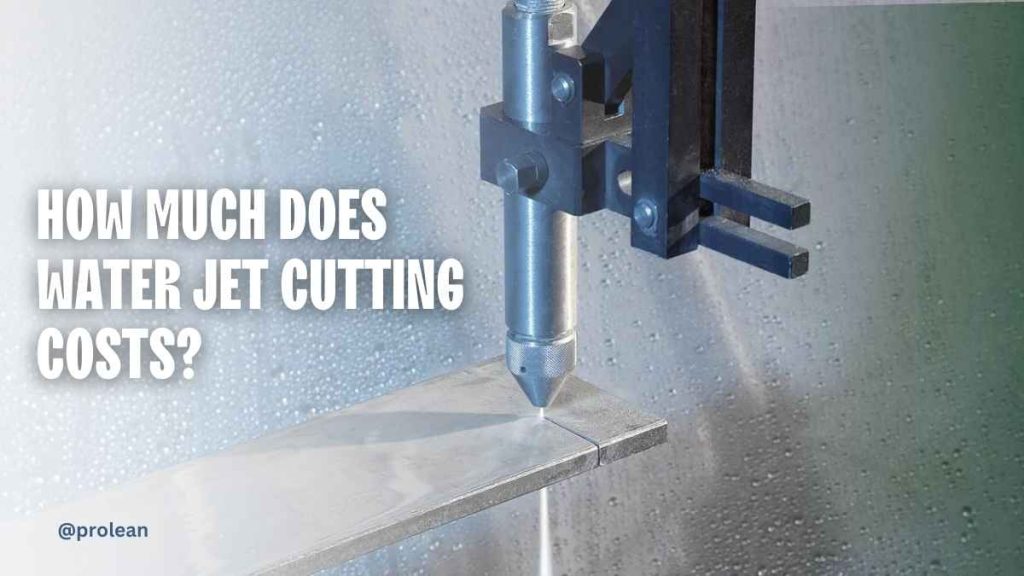
Cutting by waterjet, even though considered costly because of its initial cost and operational cost compared to other traditional methods, proves worthwhile in the long run. The industrial waterjet cutting process involves a high-pressure stream of water or a water+abrasive slurry to cut through various materials with great accuracy without producing heat and destroying the material’s integrity. The efficiency of this method can be attributed to benefits like the absence of heat-affected zones, the possibility of cutting many parts at once, the low need for secondary operations, and the recycling feature. Even though the cost per hour might be considered higher, the water jet machining process is more efficient in terms of precision, application versatility, and low after-processing requirements. Last but not least, the waterjet machines can be effective in a variety of applications, and this makes them worth the investment for people who are in search of accurate and fast-cutting tools.
Is Waterjet Cutting Expensive?
Some people may assume that waterjet cutting is rather expensive, but if one is to contemplate the possibilities of using it, then it’s one of the cheapest ways to cut. Even though the cost per hour of operating a waterjet machine seems to be higher than others. It’s a wrong perception since some factors make waterjet cutting to be the best option. The waterjet design
is usually based on a non-contact process called cold-cutting. It does not use heat to cut through the material, which affects its quality. Another benefit is the opportunity to use the stacking method of cutting through several layers of material simultaneously, which is impossible through other traditional techniques. All these factors go hand-in-hand to make waterjet cutting to be very effective and affordable.
Try Prolean Now!
Is Waterjet Cutting Cheaper Than Laser Cutting?
Water jet cutting is cheaper compared to laser cutting in terms of initial cost, however, the operating cost per hour is slightly higher and ranges between $13- $20 an hour as compared to $15 – $30 an hour for water jet cutting machines. This difference may look small but as the project size increases, this difference is compounded. Still, if the total cost and application range are taken into account, waterjet cutting can be more cost-effective in the long run. Especially in the case of working with thicker materials or heat-sensitive materials. Waterjets do use more consumables but they do not have the tooling as in the case of laser cutters. For thin materials, laser cutting is much cheaper while for thicker or heat-sensitive materials water jet cutting is typically preferred. (Get more insight about waterjet aerospace)
Factors Influencing the Operating Water Jet Cutting Costs
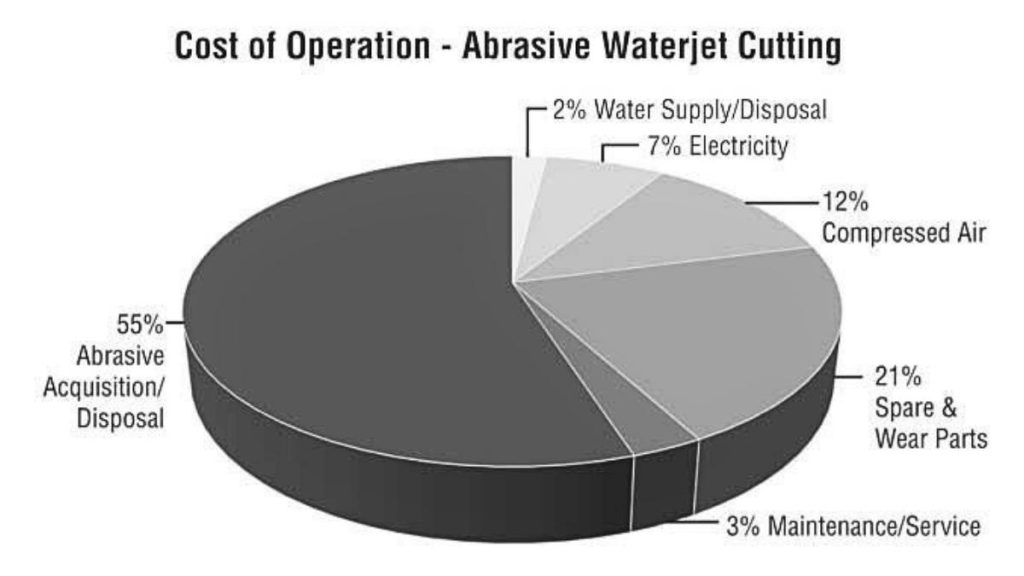
Cost estimation of waterjet cutting
Several parameters influence the abrasive water jet cutter price in general. These include:
Water Consumption: Water is a minor concern when it comes to water jet cutting costs. Since most of the water used is reclaimed during the process. Water is relatively cheap, ranging from $3 for 1000 gallons in the United States (US) and thus, this cost is negligible regarding water jet cutting costs.
Electricity Consumption: While using waterjet cutting, electricity is a large cost in the operation of the water jet cutter as opposed to water. This depends on the machine type and the rate of electricity in your locality. For a machine that runs for approximately 6 hours per day or 2000-2100 hours per year, electricity expenses can cost between $3,000 and $9,000 every year.
Wear and Tear of Parts: Over time, waterjet cutting machines undergo wear and tear on some of their parts such as the nozzle and the pump seals. Typically, these parts are bound to wear out after some time and therefore the cost of these parts and the frequency of replacement should be considered in the overall cost.
Abrasive Costs: Grit which can be garnet sand is the most expensive component of waterjet cutting. It is usually priced at 0.25$/lb. The cost depends on the type of garnet which is more costly as compared to the other materials such as hard rock abrasive.
Quality and Type of Waterjet Cutter: It’s also worth mentioning that, the cost of purchasing a waterjet cutter affects the overall operating costs in the long run. Most expensive machines may be cheaper in the long run than those that are comparatively cheap. Also, the pure water jet cutter which is cheaper in operation is only suitable for materials like rubber or foam while the abrasive water jet cutter is used for hard-strength materials.
Cutting Time: Longer cutting times are likely to consume more resources and thus the general cost is likely to be high. The closeness of tolerances and speed of operation and material handling is important to minimize the cutting times.
Garnet Flow Rate: The flow rate of garnets has a big bearing on cost models. For instance, when using cutting metal plates, the garnet usage per minute is about 1 to 2 pounds, and the cost of abrasives per hour varies between $18 and $36.
Programming and Data Input: Effective scheduling means that reductions are done appropriately hence minimizing wastage of time and resources. Thus, it can be stated that proper planning and input contribute to reducing water jet cutting prices due to process optimization.
Here’s an overview of the wear-and-tear parts in waterjet cutters, including approximate costs and lifespan:
| Part | Lifespan | Cost |
| Nozzles | Varies (20-40 hours) | $50 – $200 per nozzle |
| Pump Seals | Every 500-1,000 hours | $500 – $2,000 per set |
| Mixing Tubes | 40-100 hours | $100 – $300 per tube |
| High-Pressure Valves | 500-1,500 hours | $200 – $500 per valve |
By understanding these factors, you can better assess and manage the operating costs associated with water jet cutting.
Hourly Costs of Running an Abrasive Waterjet
The cost per hour of operating an abrasive waterjet machine may vary depending on factors such as the material to be cut and cut density. It is less costly to cut softer material because it takes less time and consumes less abrasive when cutting down the material. But if you want to obtain a better quality of meat, then the process has to take longer and this raises the hourly cost. If the precision is not a significant concern to you, the cutting speed can be raised to reduce the cost in total.
Abrasive waterjet cutting normally costs between $12 to $30 per hour but it may differ depending on the project needs. Other factors that come into consideration include abrasive usage, type of machines being used, and cost of electricity per hour among others.
Here’s a breakdown of the hourly costs for operating a waterjet machine under different conditions:
| Cost Factor | Low Estimate | High Estimate |
| Abrasive Cost | $8 per hour | $20 per hour |
| Water Consumption | Negligible | Negligible |
| Electricity Cost | $3 per hour | $9 per hour |
| Wear and Tear of Parts | $1 per hour | $4 per hour |
| Maintenance and Downtime | $0.50 per hour | $2 per hour |
These numbers may vary with the type of material to be cut, the number of cuts needed, and the efficiency of the waterjet cutting machine.
Water Jet Cutting Cost for Per Inch
Waterjet cutting cost per inch can also differ depending on the type of material, size of the part, and the characteristics of the waterjet cutting system. To better illustrate this let us look at an example(Case-Study) of an online cost estimation.
For example, in the case of deciding to use titanium with a thickness of 1.2 inches, 75 hp pump, and cutting pressure of 60,000 psi with a Q3 – average cut quality and orifice/nozzle size of 0.007/0.030 inches. By such considerations, it becomes possible to estimate that the cost per inch of cutting is about $0.21 and the cost per minute is about $1.20. The estimator calculator also provides information on the cost that is likely to be incurred on electricity, abrasives, and water depending on the input rates.
In addition, this cost estimator helps determine the cost for several parameters to enable the client to budget for waterjet services.
How to Calculate Costs for Your Waterjet Cutting Project?
The following are some of the factors that must taken into consideration while assessing the costs incurred in a waterjet cutting project to come up with the best estimate.
Material Types: Each material needs some specific ways of cutting that cannot be applied to the other types of materials. In case you purchase a waterjet machine, you will be provided with the time it will take to cut through a specific material per inch.
Material Thickness: The thickness of the material defines the amount of time it takes to complete the cutting process. As per the rule of thumb, as the thickness of the material increases the time taken to cut the material also increases. For example, shaving a material that has a thickness of 2 inches will usually take twice the time it will take to shave a material having a thickness of 1-inch ceteris paribus.
Final Cut Dimensions: Assess the last degree of cut about the predefined dimensions. The length of the material to be utilized should be summed up to the width of the material to be utilized to arrive at the total area needed to be cut. To get the total cutting time and cost typically dependent on the hourly rate, one needs to multiply this by the time taken per inch.
Additional Considerations: Even though water jet cutting costs can be higher in terms of the hourly rate in comparison with plasma or laser cutting. However, the total costs of the project can be lower as waterjets have higher accuracy and work faster. Waterjets are not only restricted to cutting metals but other materials as well and hence are more effective than other cutting technologies.
Try Prolean Now!
Fixed Vs. Variable Cost Drivers in Waterjet Cutting Systems
| Cost Driver | Description | Details | Impact |
| Equipment Purchase or Lease | The initial cost for leasing the machine. | One-time expenditure for machine and technology. | Significant upfront investment. |
| Depreciation | Reduction in the value of equipment over time. | Calculated based on standard depreciation methods. | Affects long-term cost calculations. |
| Abrasive Material Consumption | Cost of abrasive materials used in the cutting process. | 0.5 to 1.5 pounds per minute; varies by material. | Directly impacts per-hour operating costs. |
| Water Consumption | The cost associated with the water used during operation. | Increases with cutting pressure (50,000 to 90,000 PSI). | Varies based on material thickness and cutting speed. |
| Power Consumption | Cost of electricity or hydraulic power for running the machine. | Depends on machine specifications and usage. | Influences operational costs based on usage intensity. |
| Labor Costs | Wages and benefits for operators. | Variable based on production scale and complexity. | Increases with the scale and complexity of operations. |
End Notes
Even though water jet cutting costs may be a little as compared to the other cutting technologies in terms of the hourly rate, the technology presents several advantages such as high accuracy, speed, and versatility to cut through a variety of materials. To obtain more information on the cost and to know how Prolean Tech can offer you the best waterjet cutting service, you can contact us now. Our team of Engineers will contact you shortly.

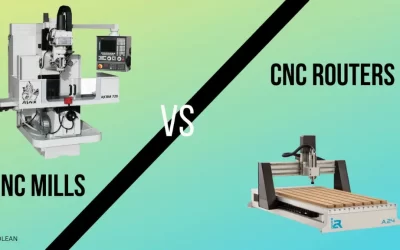
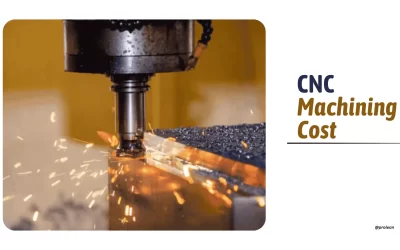
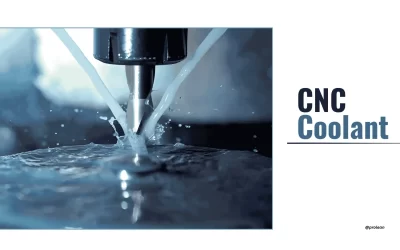
Great reading, I’m curious how material thickness impacts the cost. Does cutting thicker materials significantly increase the overall cost of the project?
Yes, material thickness does impact the cost. Thicker materials require more time and power to cut, leading to higher operational costs. Additionally, thicker materials may cause more wear on the equipment, further adding to maintenance costs. However, the precision and ability to cut complex shapes can offset these costs in many cases